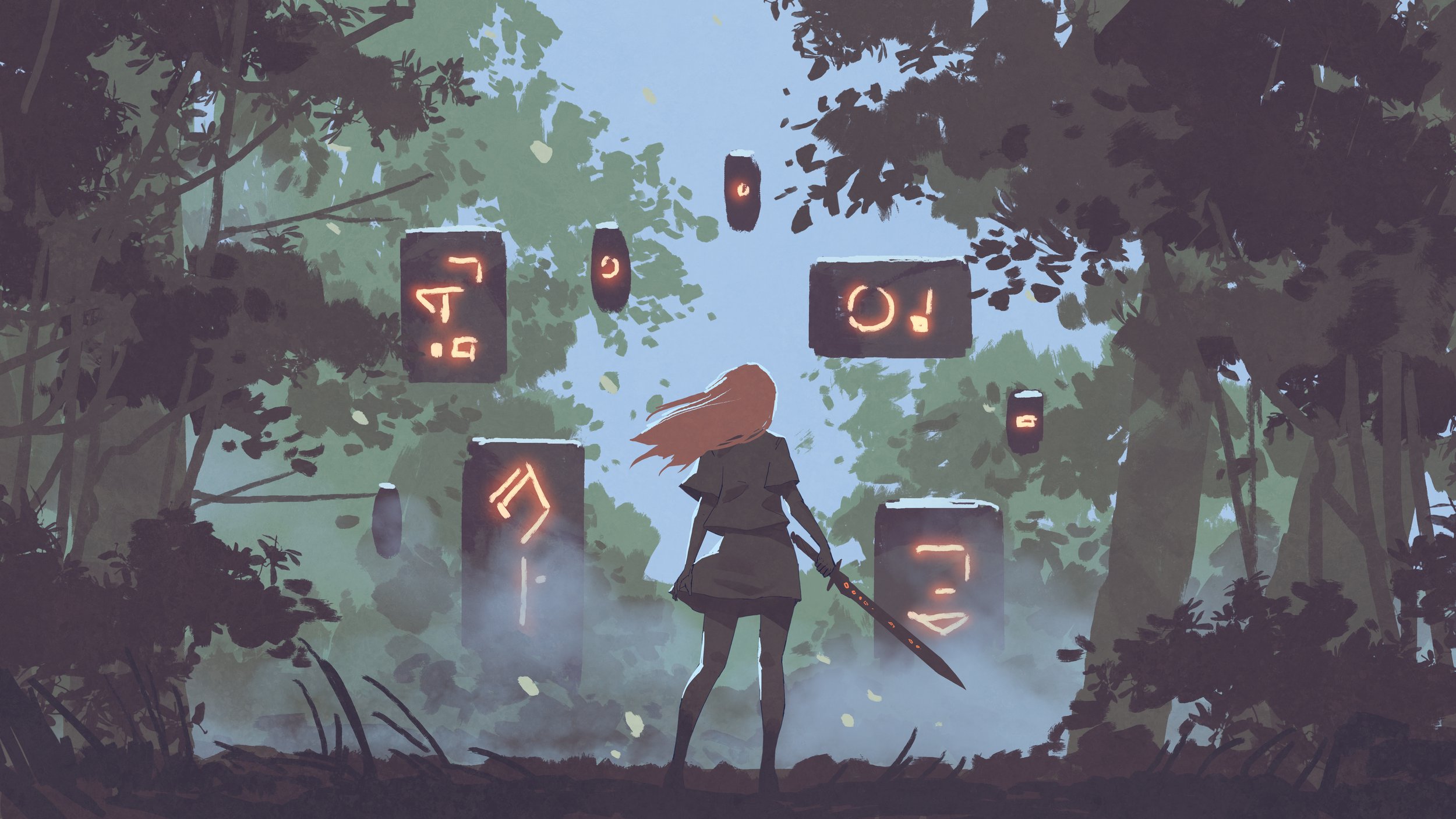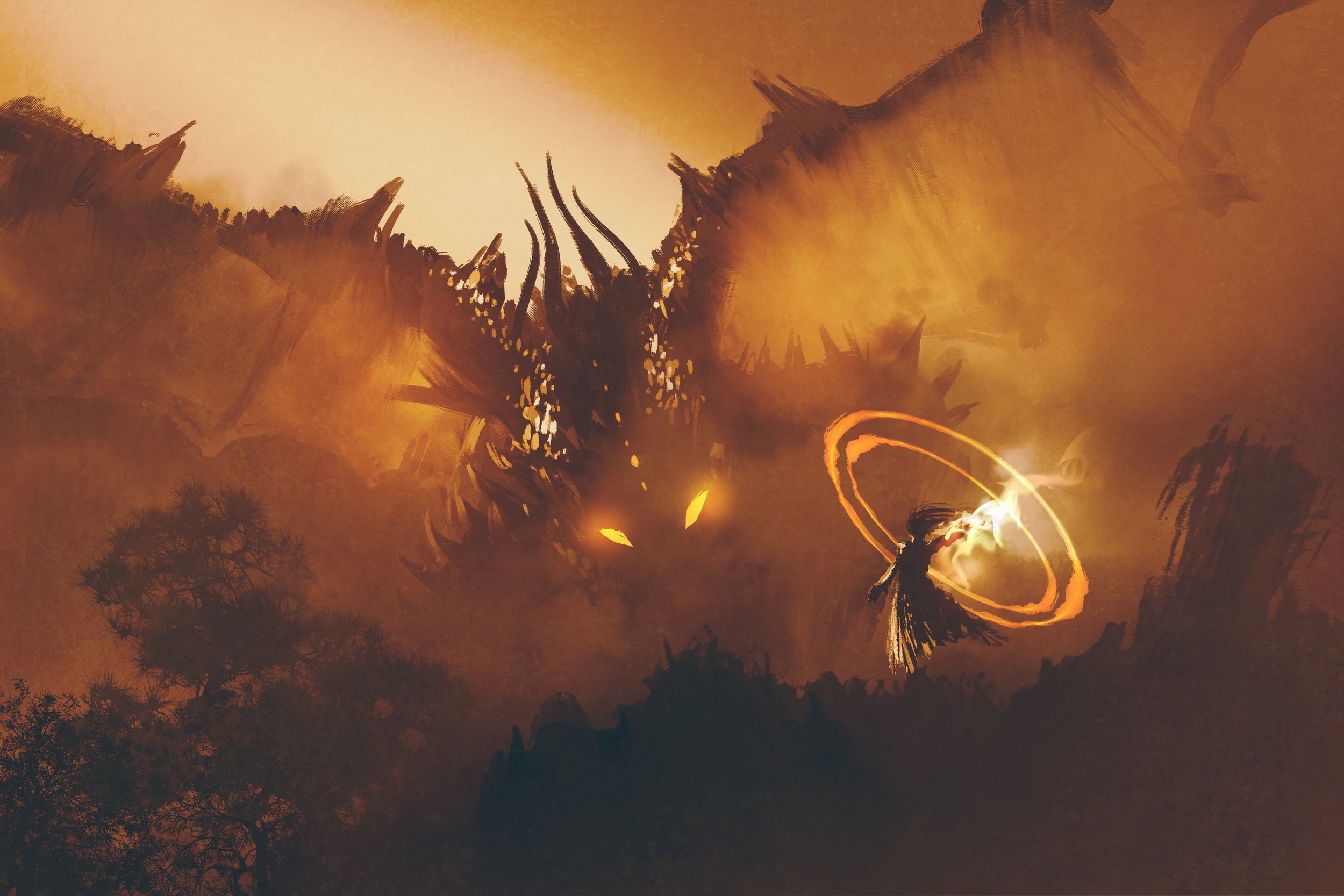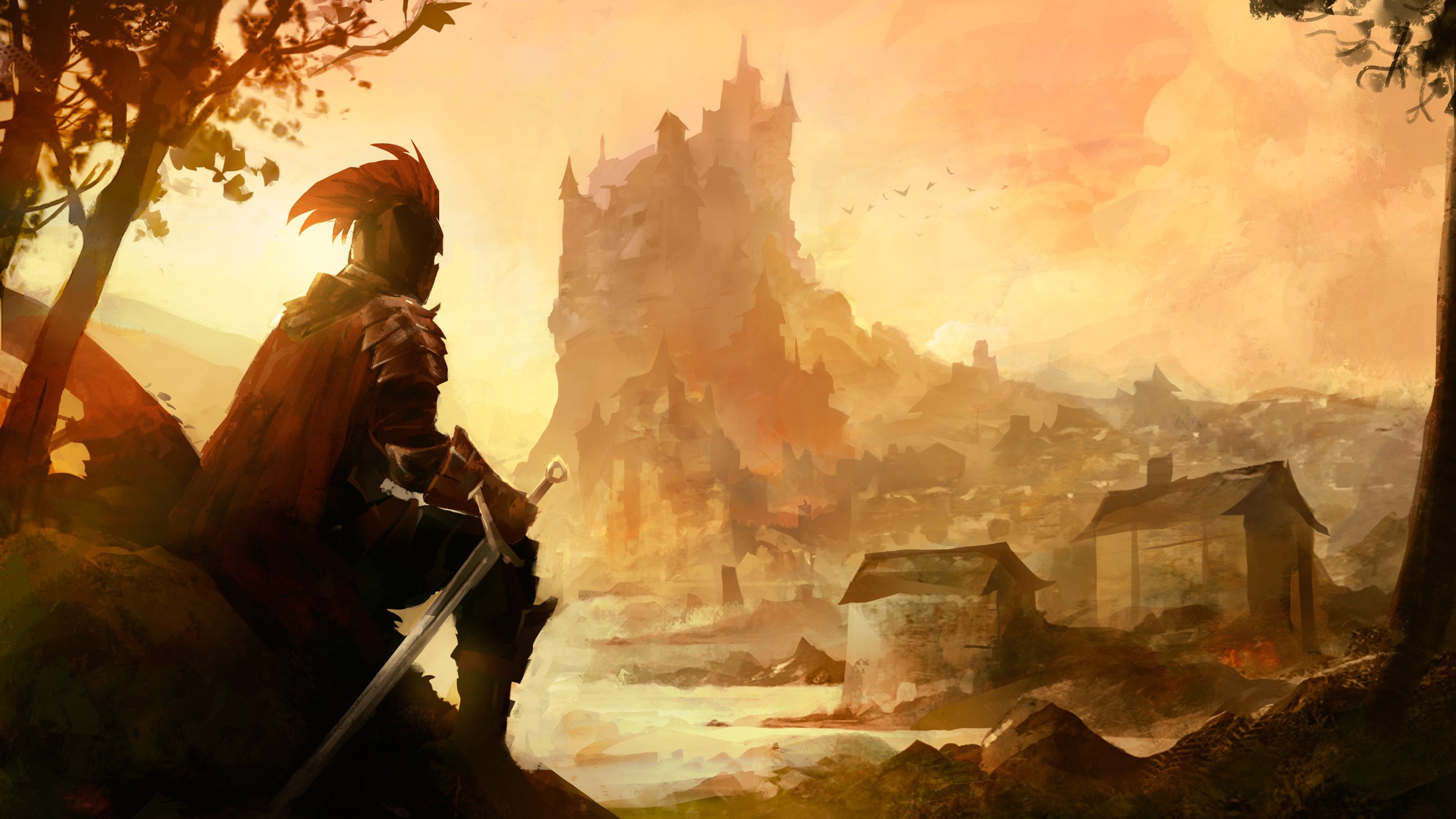Anger as an Area of Effect Spell
Thank you Anneliese Knop for this guest post on Dungeons and Dragons and Anger as an AOE spell.
This article includes affiliate links. If you purchase through an affiliate link, I earn a small amount from qualifying purchases.
You don’t think of yourself as an angry person. It takes a lot to push you over the edge. You get frustrated, sure. Irritated…well, life is full of irritants. But not angry. That’s a whole different level. And you’ve learned the valuable lesson about being frustrated at situations, not blaming people.
And yet, somehow, people seem to think you’re angry all the time.
“Why are you angry?”
“Are you angry at me?”
Your frustration mounts as people repeatedly, consistently, refuse to accept your explanation of your feelings. It’s like they can’t comprehend someone who knows how to manage their temper! And every time you have to explain that to someone nagging you about being angry when you’re just frustrated…it piles more frustration onto your shoulders.
What is going on here?
The problem isn’t that everyone around you is misreading you, or that you are blindly unaware of yourself, an accusation you’ve probably heard a lot. The problem is with a common lack of knowledge about the nature of anger itself. Anger is a biological phenomenon, as much as it is an emotion and state of mind. And unfortunately, your body makes no differentiation between anger, frustration, irritation, annoyance, or any of the other nuances you consciously experience.
Anger is an AOE
Quick vocabulary note for our non-gamer readers. An AOE, Area of Effect, is a type of magical spell that, instead of targeting a specific character or object, affects a geographical area. For example, a D&D player might use his wizard to cast darkness over a radius of 30 feet origination from his position on the map.
In tabletop roleplaying games, most AOEs do not discriminate between friend or foe. If your character can’t see in magical darkness then you are as blind as the orc trying to cleave you in half.
What does this have to do with human biology? It has to do with the human nervous system’s tendency to radiate its condition outward.
While emotions are not merely constructed of biological elements, they have a known and noticeable impact throughout the body. Anger originates in the brain stem, the source of our survival instincts. It travels the length of the body on waves of hormones and neurotransmitters. Part of the sympathetic nervous system, anger shoots down the central spinal column in the blink of an eye, activating nerves that run from organs to extremities in preparation for a fight.
You can read more about the intricate biological phenomenon of anger, but the short version is that chemistry and electricity combine to create a powerful full-body experience.
We know from research that the human body generates an outward radiating electrical field from its nervous system. That system is now overcharged with anger. And the chemical changes impact your pheromones helical communicators designed to inform others around you about yourself and your state of mind. Your body is designed to transmit your feelings in subtle yet definitely identifiable ways to those around you.
It’s a survival instinct, warning predators and rivals to back off. It’s designed to give you space to calm down and feel safe and stable again.
And, of course, as we are designed to send out chemical and electrical status messages, our bodies are also designed to receive and interpret them. You don’t need to yell, stomp your feet, punch walls, or spew on Facebook or Twitter. Any player who begins or ends their turn at life within the area of effect will be affected by it, to one degree or another.
Radiance of the Dawn
But not all AOEs are created equal. My personal favorite is a Channel Divinity spell for Clerics of the Light Domain. This AOE has the rare effect of allowing you to choose who takes damage from it. Per the Dungeons and Dragons, Player’s Handbook 5E, this area of effect spell is:
“Starting at 2nd level, you can use your Channel Divinity to harness sunlight, banishing darkness and dealing radiant damage to your foes.
As an action, you present your holy symbol, and any magical darkness within 30 feet of you is dispelled. Additionally, each hostile creature within 30 feet of you must make a Constitution saving throw. A creature takes radiant damage equal to 2d10 + your cleric level on a failed saving throw, and half as much damage on a successful one. A creature that has total cover from you is not affected.”
As a storyteller, I like to imagine that all the characters within sight of my cleric can see the glorious radiance issuing from her, but to some, it’s a warm glow and to others an entirely neutral experience of shininess. And, of course, to foes it’s deadly.
Just because people around you are aware of your anger doesn’t mean it’s actually harming them. There is a difference between discomfort, or even hurt, and harm. As you have felt and thought for years, and probably said, you have the right to feel angry when it’s called for. You are absolutely correct. Feel it, don’t bottle it up just because someone else finds being in the presence of anger uncomfortable.
So long as you’re not lashing out at people or objects, others’ anxiety about your feelings is their burden to bear, not yours.
The reason that others’ misinterpreting your anger distresses you is probably because you’re the kind of person that values right and wrong a great deal. It’s wrong to be angry at someone when it isn’t their fault, so you make sure you’re not. It’s wrong to lash out, it’s wrong to have tantrums, so you monitor your feelings and express them carefully. Good for you!
Because you’re that kind of person, I know you’ll take what I’ve shared with you and use it to start up conversations with those who seem to be most distressed by your frustration. You’ll explain why they’re so aware of it, and that you’re not as oblivious as they fear.
You might also consider asking them if people’s anger might be stirring up some really difficult memories. Are they accidentally re-experiencing trauma or otherwise painful pasts? With this kind of dialogue, you can work out an encounter strategy that allows you to cast your powerful spell without unintentionally setting fire to or blinding your allies.
Share this post with someone who fears anger, feels anger, or is curious about life in general.
And if you like what you’re reading here, check out more of my content! Come Look on the Dark Side…
Author:
Anneliese Knop, aLC, is a mental health counselor, fantasy author, and self-proclaimed “blindfluencer.” She published her first novel in 2021, and blogs about life as a blind woman with a service dog here on The Dark side. Follow her on The Dark side, Goodreads, and Facebook for book updates. LinkedIn for mental health articles. Twitter for a little bit of everything.
Read more about Anneliese’s adventures in D&D and Disabilities, My Quest for Trust in the Dark
For more on D&D, check out: TTRPGs and Personal Development.














